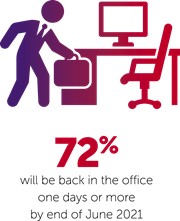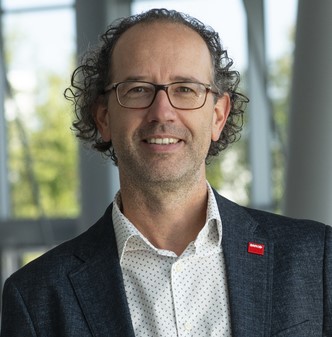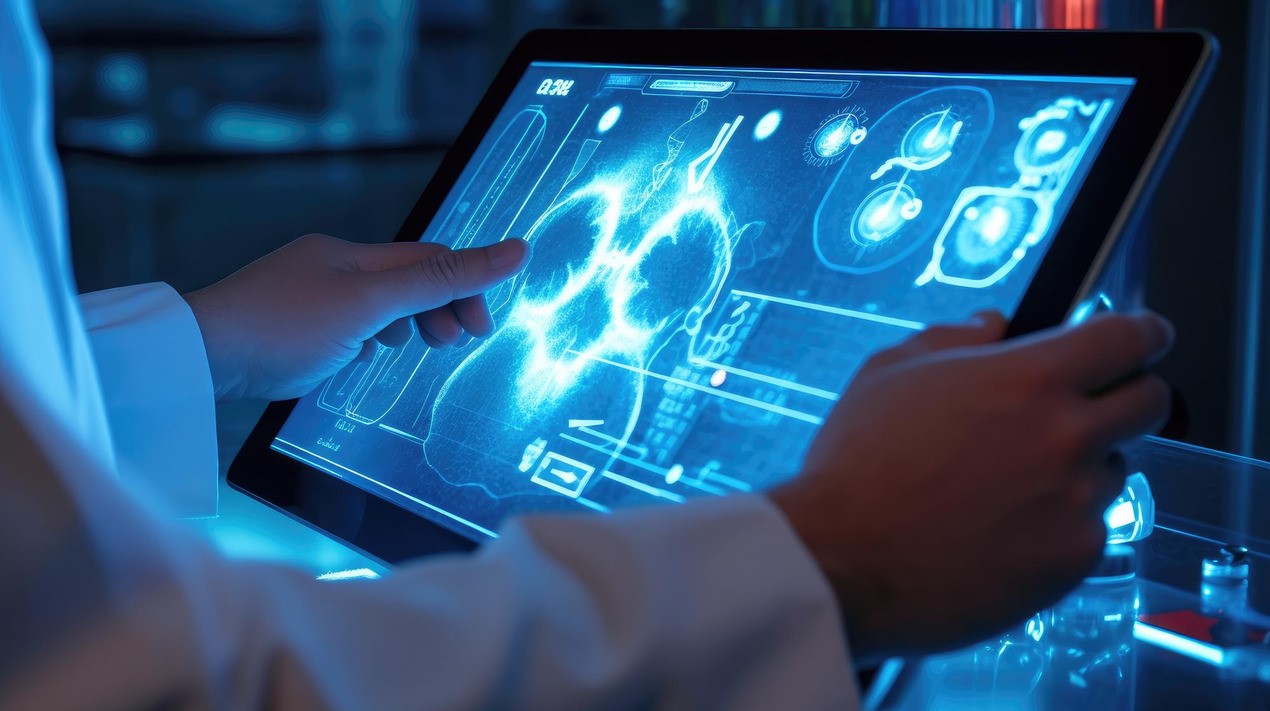
Are you on pins and needles to get back to the office, or are you a bit more hesitant? Our new Meeting Trends 2021 research uncovered 5 new trends for the hybrid workplace. One of them is that employees worldwide can’t wait to get back to the office. Read on to learn more about when and how we will be returning to the office.
 When are we returning to the office? One year into the pandemic and the enthusiasm about working from home has taken a turn. At the start of the pandemic, many were over the moon about the benefits of WFH: no commutes, flexible work hours, etc.
When are we returning to the office? One year into the pandemic and the enthusiasm about working from home has taken a turn. At the start of the pandemic, many were over the moon about the benefits of WFH: no commutes, flexible work hours, etc.
However, our 2020 Hybrid Meeting research already showed that slowly but surely the downsides started to outweigh the benefits. Employees miss social interaction, experience Zoom fatigue and struggle to balance office and domestic tasks. Our Meeting Trends Research 2021 shows that 56% of employees are eager to return to the office, and 72% expects to be back by the end of June 2021.
When are we returning?
 Right now, actually. 50% of the workforce already comes into the office on occasion. We do see some regional differences here. Australia and France appear to be at the forefront of the back-to-the-office trend, with respectively 82% and 61% of employees, having already (partially) returned. In India and the US, the majority of workers hasn’t returned yet, with respectively only 40% and 42% signalling that they are already back at the office. Most employees (72%) expect to be back by the end of June. However, in Germany, many employees believe that they will only be able to return from July to September and onwards.
Right now, actually. 50% of the workforce already comes into the office on occasion. We do see some regional differences here. Australia and France appear to be at the forefront of the back-to-the-office trend, with respectively 82% and 61% of employees, having already (partially) returned. In India and the US, the majority of workers hasn’t returned yet, with respectively only 40% and 42% signalling that they are already back at the office. Most employees (72%) expect to be back by the end of June. However, in Germany, many employees believe that they will only be able to return from July to September and onwards.
Who is pushing the return?
C-level management is encouraging employees to come back, 66% of employees believe their CEO would like to see all employees back at the office. 41% also think their manager is also pushing them to return to the office. Employees themselves are also eager to return, on average 56% of employees want to get back to the office. In India, it’s even 76% of workers that are waiting to sit at their office desk again.
Will work at the office be the same?

Employees want to return but this doesn’t mean that they are ready to give up the newfound flexibility in their work that WFH brought. Workers want to choose when and where they work and are tired of struggling with virtual.
This leads to the ideal workweek balance shifting in favour of the office. In September 2020, people were still more optimistic about working from home and employees indicated that the ideal workweek would be 2 days at home and 3 days at the office.
Today, the desire to work from home has dropped to 1,5 days a week, with employees preferring to spend more time, 3,5 days per week, at the office.
Undoubtedly, in-office and remote team members will have to be united in the new hybrid workplace.

Lieven Bertier is the Segment Marketing Director Workplace at Barco.
Lieven is an experienced B2B marketer and has worked across multiple marketing disciplines in the technology industry. Since 2014 he has been part of Barco’s ClickShare team, responsible for all strategic marketing activities. He strongly believes in user experience and is convinced that the way people work together is the number one competitive advantage for companies in today’s dynamic world.
Lieven loves a good story, and always starts from user research to reflect on the role of technology and collaboration in the workplace.

















